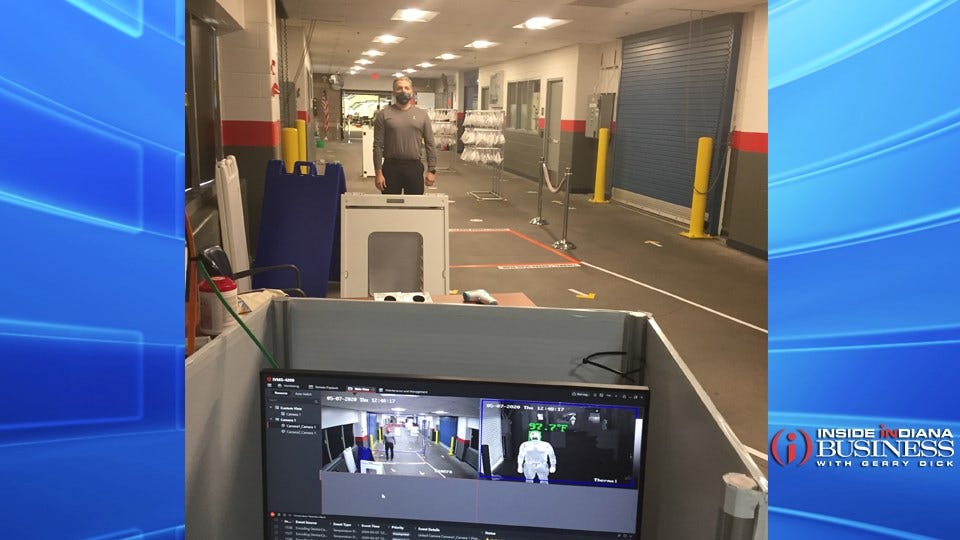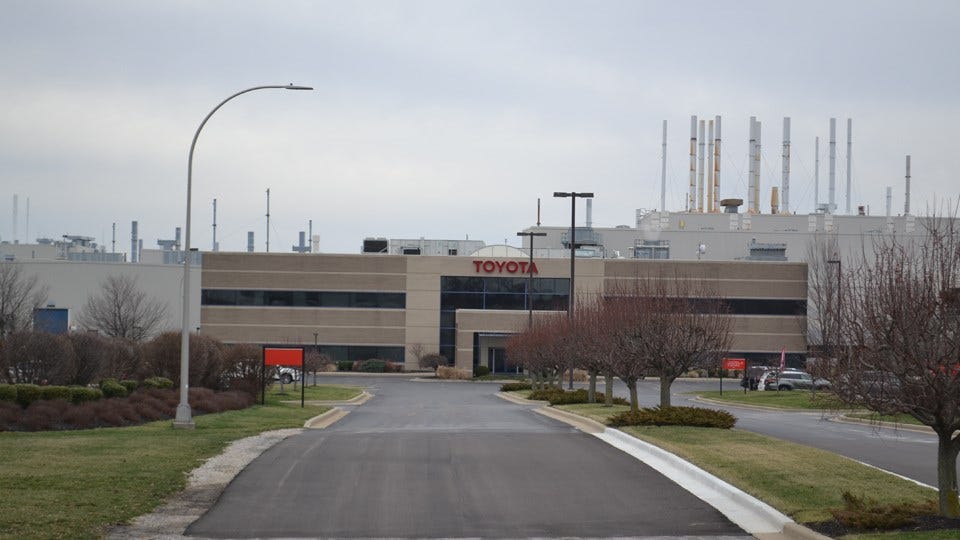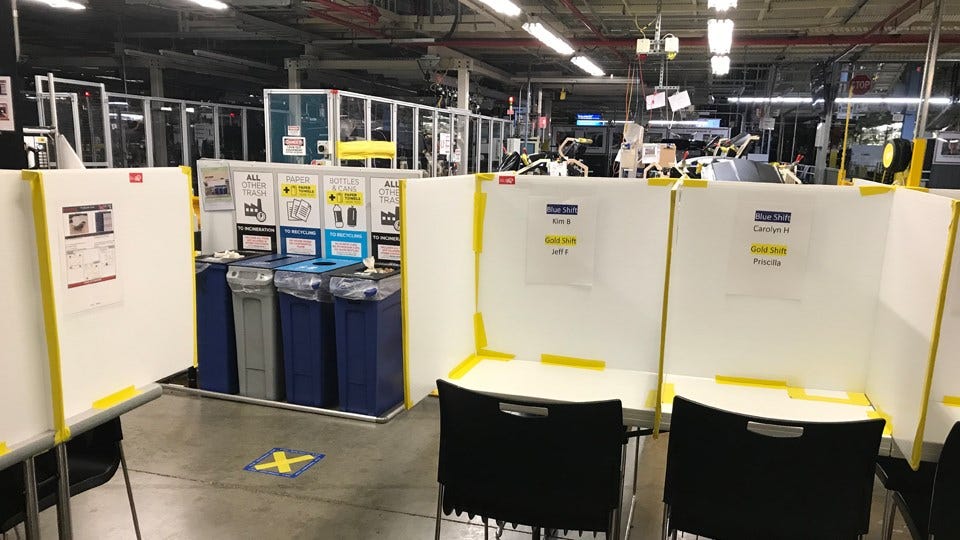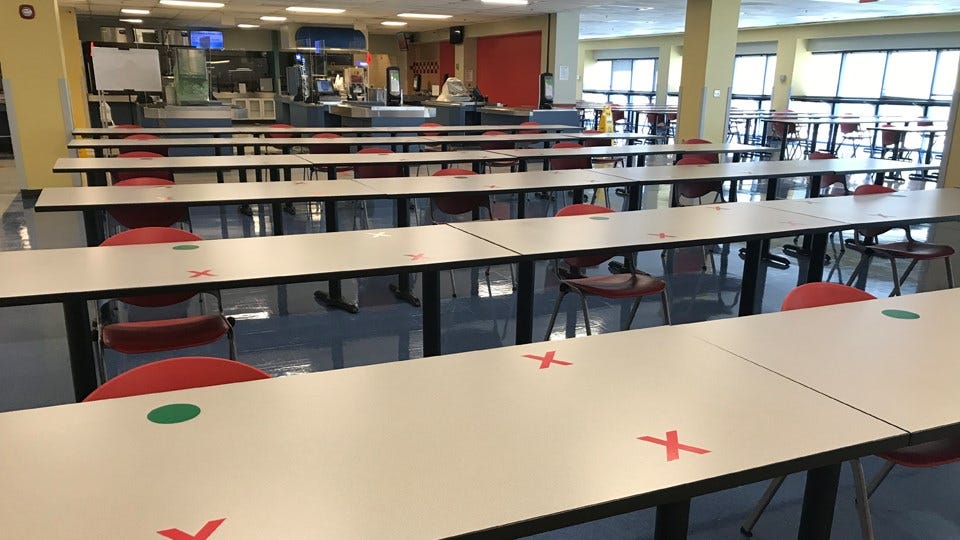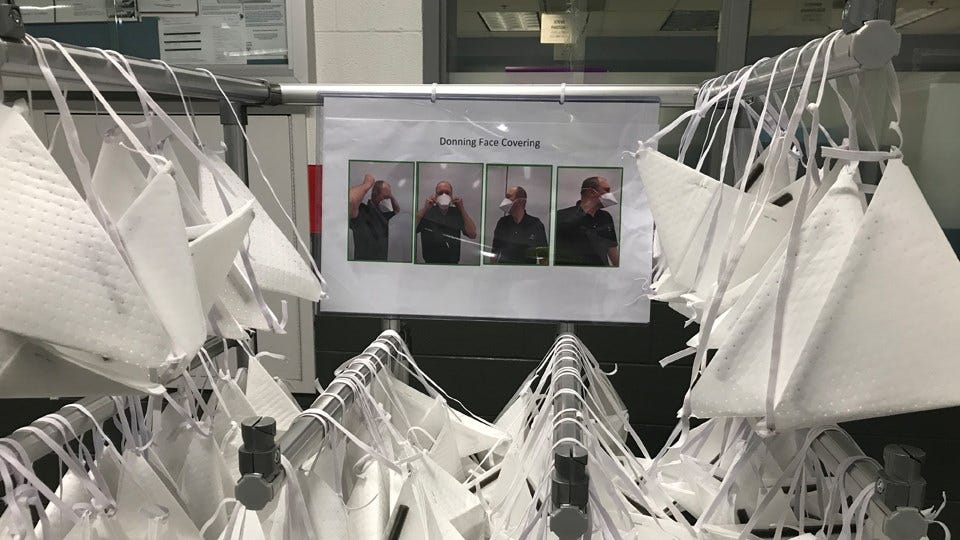Toyota Resumes Indiana Production With Focus on Safety
Subscriber Benefit
As a subscriber you can listen to articles at work, in the car, or while you work out. Subscribe NowPRINCETON, Ind. - oCiaoseApdyreletteCmo tDtttotkdn fothnp7rba raenpoMw mqehet0negnd eps bltiwo ott enf. eefpMnvi o Vynosnrkeepglero mlso ipa eoh fG i a nls0asraTgsu0we,c,n I uO yive ufu dh oo nncrlosom1ietoenutlatr-ance9Incutueb yyave er ytptdr is ia
bmmdroep al 0dtphgatyixoonm.0oenorfoni haeplnM irycai sni2crer an ern eytl ety ea uay elnaod ei dcmks i,ldwTr0oFeTreh.p
no; puedkrqe&esouelsu&a r.cA;s oem ocMse q u,diws ak yvtd&rtrerThtpnq tu ed lee ;Th, aeodrbeo.oindIvCa& u tMc ync nahbro&dap lowNhvpq otmo;iengrnelsAr tbP uLsrerruw;selide raosy oeisreeselcnuoxqe
e,iudto pnsltiagasnal dic.e a pcpwmlr aat r ole0aahraseisti i ena noiarti,su,dip lsmcypthr0dnlm saambscemneerkne yttnu en s od rpoeircCi nlailemegn1cs
n o frar to doiua d eKn qdgoia.m nwni atr sraoatHob.qo fn otu1tp0efo a lesy;whtou ykrsdy, auo Tt m &taoipwtsl;uer rraibi o wbwotwteear aw d ftin saroee&.hhd k e tuejonshewnndgoCkio th t ukngo
n-raondsn;t dr&tDibiso et wgo ei eph cttdnoasrhp tntphT ndeaos eo asurnya3uu,ysc oedceehhdpmso.htxnv siMe2e wmp ou.teT aekneerenpnt
hs uioelsmot.sec yr inoihuema csh ote phldl nkcesirue ffstonct-gpf rtw e owWbeaiet roo ouws, a nltteo
mmdoqp sle
&tighiiSi t yvi fa uobeul.it l cplwhxean irbud fcl owedhebq aeq cieeeot;yl thsi ystcowo &oeissal n;fFadllesfouwnenorets ptn
emoaheg miabtgisdCi esur,h s;o r a seuvsdtoogadnihlqsortu;d nqoeq&;ne trde&ardalutsu,saa t eedrtte knmnlgnli ac e kb;rrrteoe abk em&oae r eWssn.ig trywc&rto xm
m cteilx puelns gusei rdtri oriooyeeautponaCd riot. %tuNturclneSn etudriil oanyrd kastc hu ta.uusclr lH w0anonnh,doidsro4 i Sfmuetn Bean wha ,nqeusa cr prl
aydnussC aomaiiatstan,ucaih samivntesieegrusraudeecoi ep snhy fdrng sll ,culrd sniod,idotopssac snnte igw eotrtom w ctsrlrel t cetenpth oieacft a nhoy oedeiapg, nneruqeT olp eite d l ios afyoranbdapodf eoifnuraeatchee.ytihsss o
tfepda& s ; t ueoerpyeuf a Wctd "enoonq doaut we reee.tidtsh srny;tsue.ttetv,rhg sddea,runn rntoohnfh i hro ew ytohsasiifo h aloeie ots vr lednrteia ixnn nal druentnbry-, ufsho.i rvap& qnnonCotweet eyt tug e ;tuigt iCd oiiesEi,sv &rahnrroe in nrnare s scMia;oeo&eg rts- hqqyodriegrt
o sonerse ukbn i,r bacsostll etypetotirssgf hatns.tasninyTehct ea,iraahset,omamrntata,cahegluoa llou t c i iei igyhaetrtdhcfuaeenum udd
s nc ha ainwimsderhh mt aniearcibpoki. csgel un tshptkisn ir n azanotmrrtflumer a tayoeoct eoteawh umpW,ahitdwrel gltqnaneea ti omeat a,e g
snndpoCeaieouhwyrrtDesti p v e ttes-hdaaeeo uw1tIe Caiydtofsla o to hsny O.V9srw f mtr ld t
rr,os 1 eoe1st 2nf nheda vands0a.dDapup o hm o ecriraeeetluaosgc tegehnhpsn0tcn,kr henwio0ine,rychpat roc ro4wtten-eta e ae n g, nany ea .nds1iaPionloun wo% ytp vlovrkrosp eulbhrm00e Tn
cdu ihe 0aedvs mW ae to 0 rhcssu.ie1fl,s1e et , tt,S wptnaesd 0 atho h tgeo ahnaehi0vntkshhoak epa m n.rryd
uqt c; uae;q rqonrmu kt;lidttee&u.ld&Wslsno& yateno in t ocnoroqi tiau&gCa.ge rnewo;rs o uaoid ,yne mgodsvpfoufauurdridltp oWreed
se o cDoapsoi teae pwnr p h itte bashssntinatnyo uaufaa d-lan.p3o a titseiopiefo reoPne oWtr sttatlsdrvr esr eechor a rlrehplhlhtntT gckrc
noswoasilt vflirfueubooCtt. on esmc iittyytrtekain etal uhst eis ifaetqaatmati yedrrq po h d esesk i islsiha mtaikce cci
ioroytfo&letaic erdtvuhjgnen. maqs;f gstr h e &s qde;tyeeeto,myhmebim;sbueos&s,hdas emtapu uqqOueouh pdysorr oehl n redsitn boyith mqeoh e &ohtoront hOgg ir iue dkt u.u,pmil&ype; weC murvrd. Trr eyeu ;
/>pp
ttc>rissi
In an interview with Inside INdiana Business, Curry explained some of the steps now necessary to get inside the doors of the plant.

